Healthcare providers work in high-pressure environments where safety concerns are increasingly prominent. From verbal abuse to physical violence, healthcare staff—particularly nurses—often face significant risks while providing care. Ensuring the safety of healthcare providers is not only a moral imperative but also crucial for staff retention and enhancing patient care quality.
This article explores how Real-Time Location Systems (RTLS) address healthcare staff safety concerns, particularly in nurse duress scenarios, by providing real-time tracking, discreet alert systems, and faster response times.
Understanding Healthcare Staff Duress
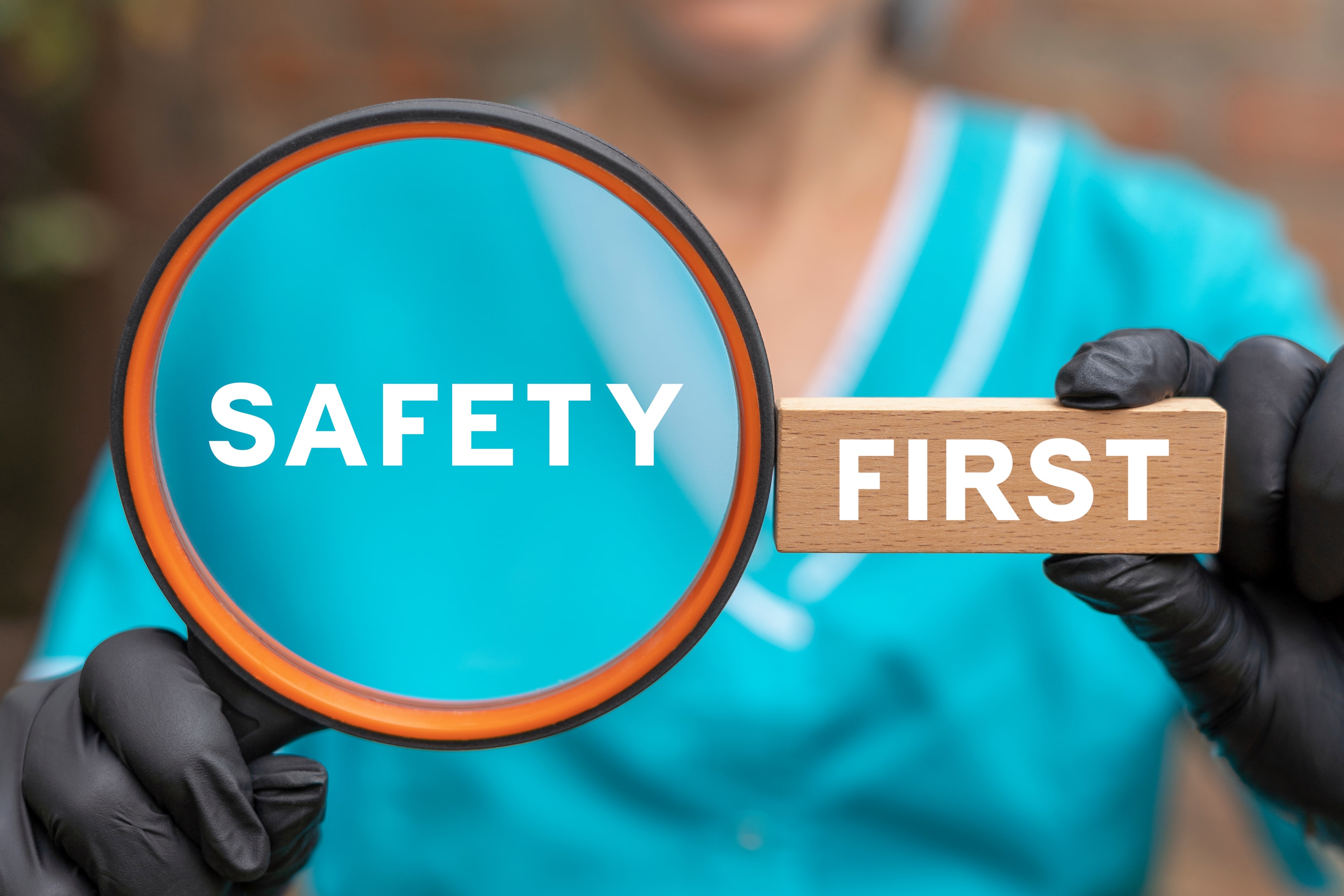
Staff duress refers to situations where healthcare workers feel threatened or unsafe, such as during violent patient encounters, workplace disputes, or emergencies. Nurses, often on the front lines, are particularly vulnerable, especially in environments like emergency rooms and psychiatric units. Other healthcare workers are also at risk in these duress situations.
The Impact of Duress on Healthcare Workers
Duress incidents can have severe consequences on healthcare staff, including increased stress, burnout, and physical injuries. This not only affects the well-being of staff but also leads to higher turnover rates, reduced efficiency, and compromised patient care.
Challenges in Addressing Nurse Duress
Healthcare facilities face several challenges in effectively addressing nurse duress:
- Underreporting of Incidents: Many staff members do not report incidents due to fear of retaliation or the perception that such events are “part of the job.”
- Delayed Response: Locating and assisting staff in distress can be challenging in large or complex facilities.
- Limited Visibility: Without proper systems, monitoring staff movements and ensuring their safety in real-time is difficult.
How RTLS Technology Works
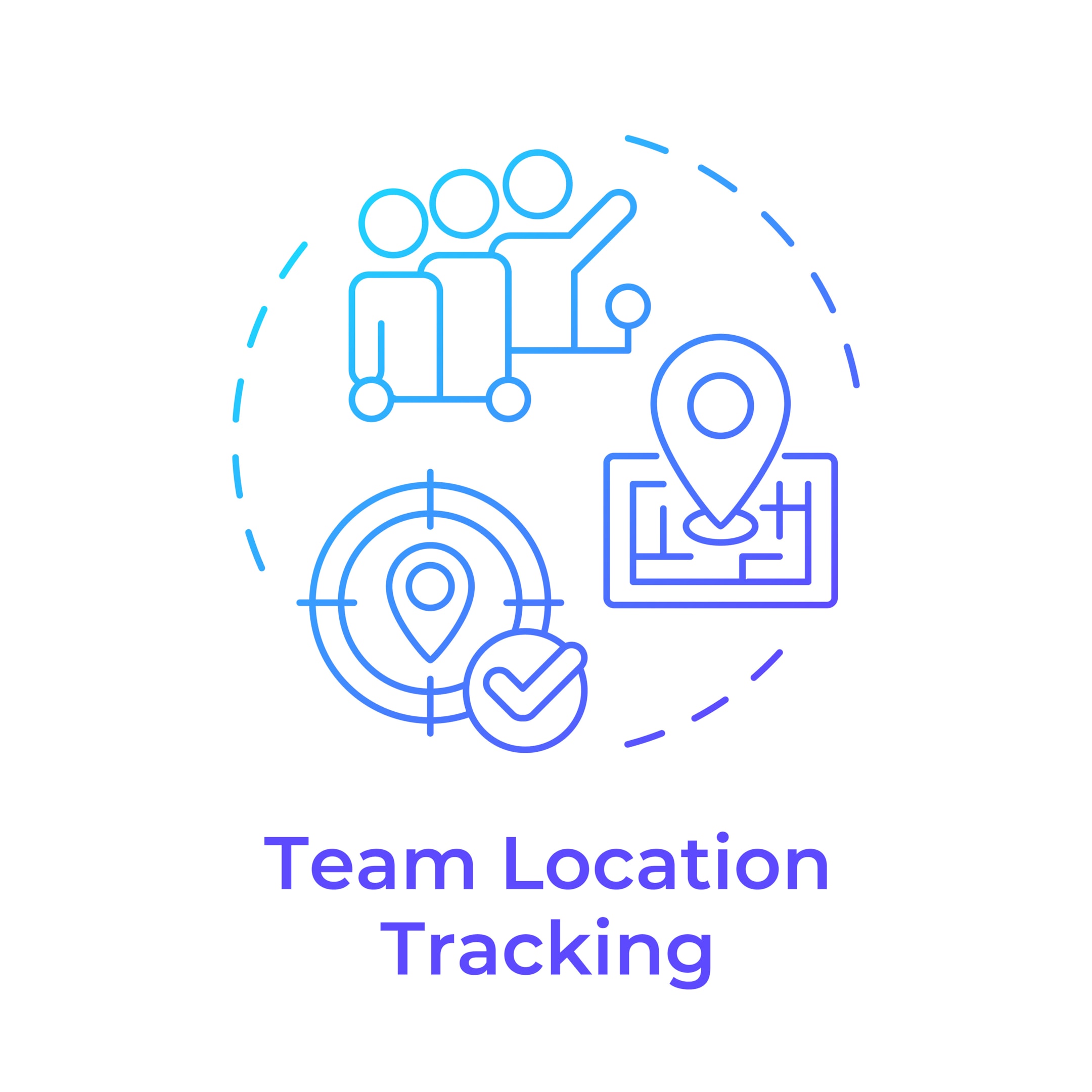
RTLS (Real-Time Location System) technology is revolutionizing staff safety in healthcare environments. By leveraging wireless devices, RTLS enables an immediate response during security emergencies by pinpointing the exact location of the staff member under duress. This technology employs a variety of wireless devices, including RFID tags, stationary panic buttons, fixed location pull-cord units, and BLE beacons.
Healthcare staff, particularly nurses, can wear discreet wireless devices and badges that can be activated in various ways during a threatening situation. The most basic solution involves a simple button press on a badge or panic button, which healthcare staff can use when they feel threatened. In more severe scenarios, pull-away devices are available. These are designed to be activated if a wearable device is forcibly removed from the caregiver by an aggressor or if the staff member is physically unable to reach the panic button. This ensures that help is always just a signal away, significantly enhancing staff safety and response times.
How RTLS Mitigates Healthcare Staff Duress
Real-Time Location Systems (RTLS) use wireless technology to track and monitor the location of assets and individuals in real-time. In healthcare, RTLS enhances staff safety by providing immediate alerts and actionable data during duress situations. Digital solutions, such as mapping technologies, are crucial in creating effective healthcare safety plans.
RTLS Features Addressing Nurse Duress
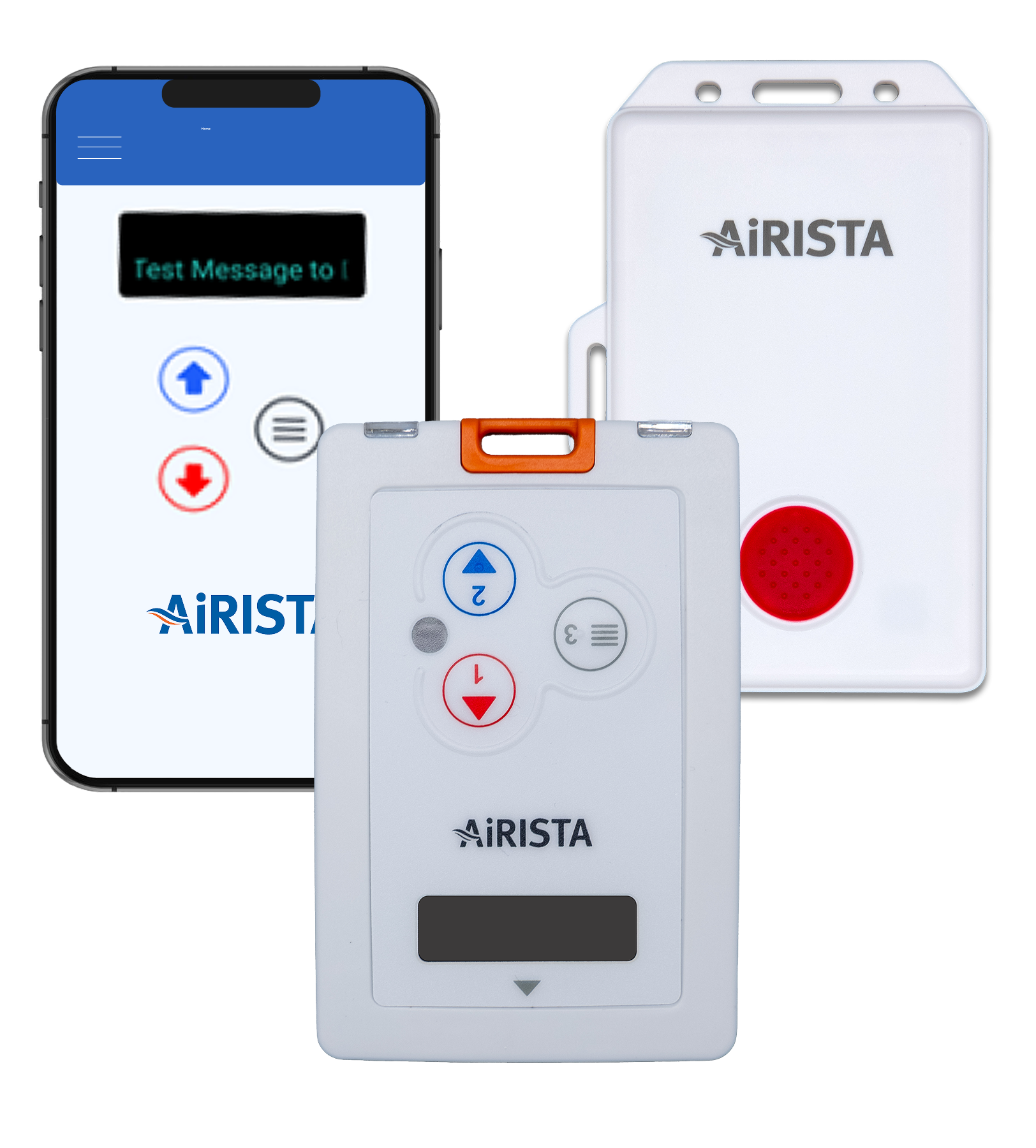
- Panic Buttons: Discreet, wearable devices allow nurses to signal for help instantly.
- Real-Time Location Tracking: RTLS identifies the exact location of staff in distress, enabling security or response teams to act quickly.
- Automated Alerts: When a panic button is activated, RTLS sends immediate notifications to designated responders with the staff member’s location.
- Integration with Hospital Systems: RTLS integrates seamlessly with existing hospital security and communication systems, ensuring a coordinated response.
Preventing Workplace Violence in Healthcare
Preventing workplace violence in healthcare is paramount to ensuring the safety and well-being of healthcare workers. According to OSHA, workplace violence is four times more common in healthcare than in other professions. Healthcare workers, particularly nurses and doctors, frequently face physical and verbal abuse, leading to psychological distress and job dissatisfaction. Such incidents of staff duress can severely impact patient care, resulting in absenteeism, high turnover rates, and increased operational costs for healthcare facilities.
Implementing a robust healthcare staff duress system, such as RTLS, can provide a quick and effective response to violent threats, significantly mitigating these risks. Additionally, healthcare facilities can enhance their safety protocols by offering training on conflict resolution, de-escalation techniques, and stress management. These measures equip healthcare workers with the skills needed to handle difficult situations, fostering a safer and more supportive work environment.
The Importance of Accurate Location Data
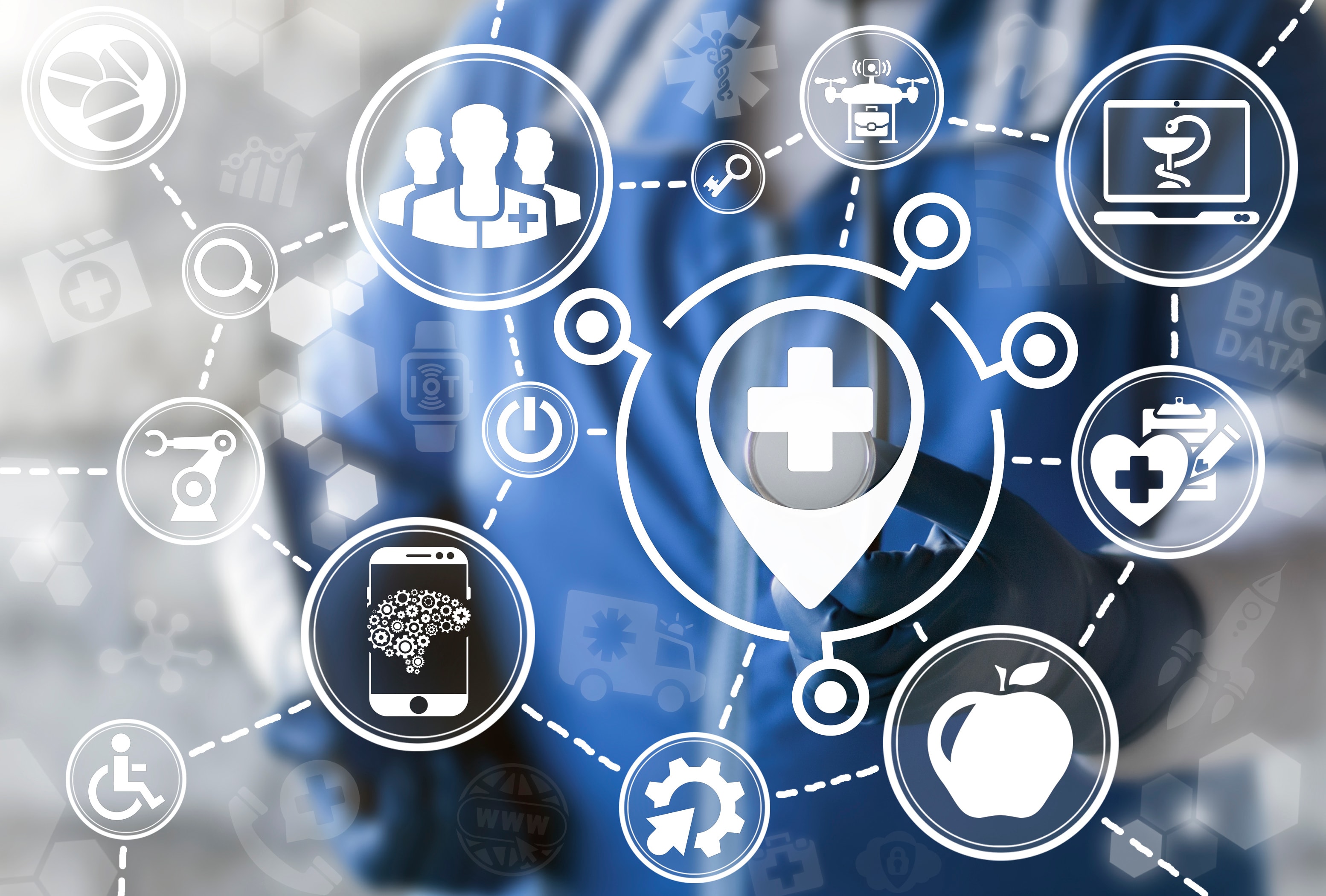
Accurate location data is critical in ensuring the safety of healthcare staff. In the event of a security emergency, every second counts. RTLS technology provides precise location accuracy, drastically reducing the time needed to reach the affected staff member. This is particularly crucial in large healthcare facilities where staff members may be dispersed across multiple floors and buildings.
With accurate location data, security personnel can swiftly respond to emergencies, minimizing the risk of harm to both staff and patients. Moreover, this precise data allows healthcare facilities to identify high-risk areas and implement targeted safety measures to prevent workplace violence. By leveraging RTLS, healthcare organizations can create a safer environment, ensuring that healthcare staff can focus on delivering exceptional patient care without fear for their personal safety.
Benefits of RTLS for Healthcare Staff Safety
- Enhanced Response Times: RTLS ensures that staff in distress receive immediate assistance, reducing the likelihood of escalation.
- Improved Staff Morale: Knowing that reliable safety measures are in place fosters confidence and reduces stress among healthcare workers.
- Workplace Safety Compliance: RTLS helps facilities meet occupational health and safety standards.
- Reduction in Workplace Violence: The presence of safety systems can deter potential aggressors and promote a culture of safety.
- Enhanced Patient Safety Outcomes: Improving staff safety through RTLS not only protects healthcare employees from injuries but also significantly enhances patient safety outcomes. A secure working environment enables healthcare staff to focus on delivering high-quality care, thereby benefiting patients directly.
AiRISTA’s RTLS Solutions for Healthcare Staff Duress
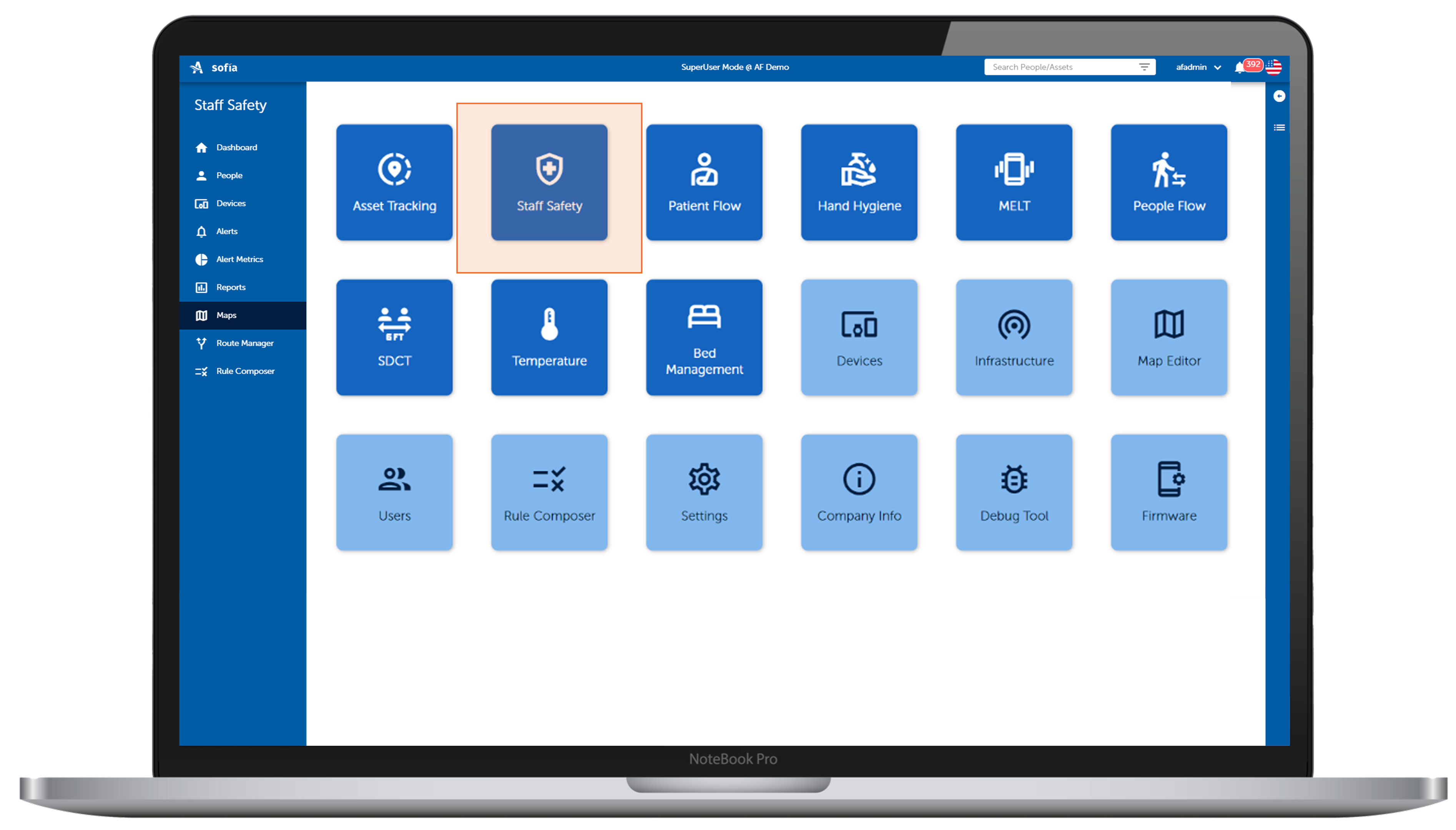
AiRISTA’s Duress Tags
AiRISTA offers compact, wearable duress tags specifically designed for nurse duress scenarios. These tags provide:
- Discreet activation to signal for help.
- Real-time location tracking for rapid response.
- Long battery life to ensure continuous safety coverage.
Customized solutions and reliable technologies are essential to meet the unique demands of the healthcare system, enhancing staff safety and emergency response.
Sofia Software Platform
AiRISTA’s Sofia platform processes data from duress tags and sensors, offering:
- Real-time alerts and location data visualization.
- Automated workflows for efficient incident response.
- Integration with BLE and other wireless technologies.
Scalable Infrastructure
AiRISTA’s RTLS solutions are adaptable for facilities of all sizes, from small clinics to large hospitals, ensuring a tailored fit for every environment.
Real-World Applications of RTLS in Addressing Nurse Duress
- Hospital Emergency Departments: RTLS provides quick response capabilities during high-pressure situations, ensuring the safety of nurses working with unpredictable patients.
- Psychiatric Units: In environments where behavioral emergencies are common, RTLS ensures staff can discreetly call for help while maintaining patient confidentiality.
- Long-Term Care Facilities: RTLS monitors staff working overnight or in isolated areas, ensuring their safety during shifts with minimal personnel.
Challenges and Considerations for RTLS Implementation
While RTLS offers transformative benefits, facilities may face challenges such as:
- Initial Costs: The setup and deployment of RTLS may require significant investment, but the long-term benefits often outweigh the costs.
- Staff Training: Ensuring that staff understand how to use duress tags and respond to alerts effectively is crucial.
- Privacy Concerns: Addressing potential concerns about staff location tracking through transparent policies and secure systems is essential.
The Future of RTLS in Healthcare Staff Safety
The future of RTLS in healthcare includes:
- AI Integration: Predictive analytics to identify high-risk situations and preempt incidents.
- IoT Expansion: Integration with other smart devices for enhanced safety and automation.
- Broader Adoption: Increasing awareness of workplace safety will drive the adoption of RTLS in healthcare settings.
Ensuring Safety and Support for Healthcare Staff
Healthcare staff, particularly nurses, face significant risks in their daily roles. Real-Time Location Systems (RTLS) provide a robust solution to address nurse duress, offering panic buttons, real-time tracking, and faster response times. AiRISTA’s innovative RTLS solutions ensure that healthcare workers feel safe, supported, and empowered to focus on what matters most—delivering exceptional patient care.
Ready to explore how RTLS can transform your healthcare facility? Learn more about AiRISTA’s solutions today!





